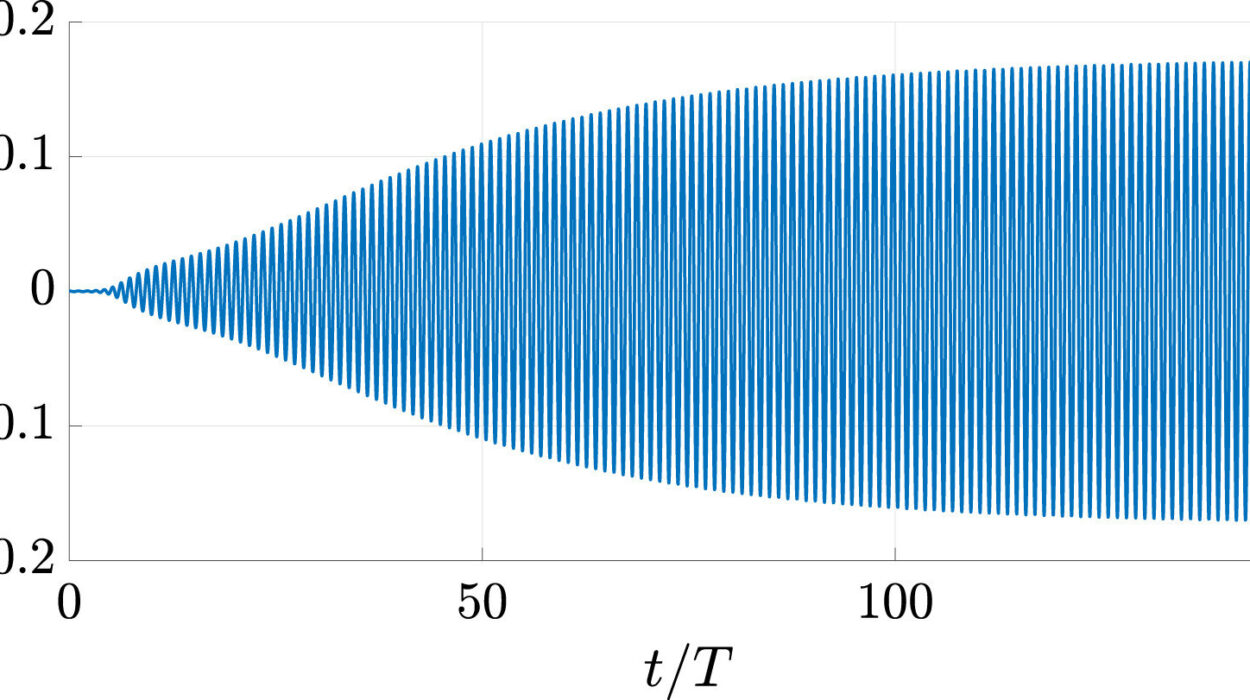The modern internet is a vast ocean, shimmering with opportunity, brimming with information, and filled with strange and fascinating creatures. But like any ocean, it also has predators. These predators don’t have fins or sharp teeth — they hide behind fake emails, fraudulent websites, and messages that seem, at first glance, perfectly ordinary. They are phishers, and their bait is often so convincing that even the cautious can get hooked.
Phishing is not new. It has been lurking in the background of digital life since the early days of email, but it has evolved with uncanny skill. What once looked like poorly worded scams in broken English now often arrives as a perfectly branded message from your bank, your employer, or your favorite online store. The stakes are high: one wrong click can compromise your bank account, your personal identity, and even your employer’s security.
Understanding how to spot a phishing scam is not just a matter of technical knowledge — it’s about developing a kind of sixth sense, a survival instinct in the digital wilderness.
Why Phishing Works: The Psychology of Deception
Before diving into the step-by-step guide, it’s worth pausing to understand why phishing works so well. Human beings are wired to trust signals of familiarity: a familiar logo, a tone of urgency, a subject line that uses our name. Phishers know this. They design their messages to trigger emotional reactions before rational thought can catch up.
One of their favorite tactics is urgency. An email might claim your account will be suspended within 24 hours unless you “verify” your details. Another common tactic is authority — messages appearing to come from a boss, a bank, or a government agency. And then there’s curiosity, that irresistible pull when you see “Invoice Attached” or “Important Security Update” in your inbox.
Phishing isn’t just a technical trick. It’s a psychological one. That’s why learning to spot it means training your mind to pause, question, and verify before taking action.
Step One: The Sender’s Address Tells a Story
Every phishing scam begins with an origin point — the sender. At first glance, the sender’s name may look legitimate, like “Apple Support” or “Your Bank.” But what lies beneath often reveals the truth.
Hover your cursor over the sender’s email address (or, on mobile, tap and hold) and look closely. Phishers often use addresses that are close but not exact: [email protected] (note the extra “l”), [email protected] (with an “l” instead of an “i”). Sometimes the domain name has nothing to do with the company it claims to be from, revealing its fraudulent nature instantly.
Legitimate companies send from their official domains — not from free email services like Gmail, Yahoo, or Outlook (except in rare and verifiable cases). If you see a mismatch between the displayed name and the actual address, it’s a strong sign you’re staring at bait.
Step Two: Subject Lines That Shout Too Loud
Phishers thrive on urgency and emotional manipulation, and nowhere is this more obvious than in the subject line. You might see things like:
“URGENT: Verify Your Account Immediately”
“Your Package Is On Hold — Action Required”
“Suspicious Activity Detected — Click Here to Secure Your Account”
Even without lists, you can sense the pattern: urgency, threat, or irresistible temptation. Real companies may occasionally send urgent notices, but they tend to be measured in tone and don’t demand instant action through a link in the email.
When you feel that surge of “I need to fix this now,” stop. That’s exactly what the phisher is counting on.
Step Three: The Body Language of an Email
The body of a phishing email often contains subtle clues. Some are easy to spot: grammatical errors, awkward phrasing, or inconsistent fonts. But modern scams have gotten cleaner, sometimes with flawless language. That’s where you have to look deeper.
Check for personalization. Real companies usually address you by name, not by “Dear Customer” or “Dear User.” Watch for links that are disguised as legitimate — you can hover over them to see the true destination, which is often a suspicious or unrelated URL.
Look for mismatches in branding. A legitimate bank’s email will use consistent logos, colors, and formatting. A scam might have slightly fuzzy logos or colors that are just a shade off. It’s like counterfeit currency — the flaws are small, but they’re there for those who take the time to look.
Step Four: The Link Beneath the Surface
Every phishing scam eventually leads to a link, and that link is where the real danger begins. The moment you click, you might be taken to a site designed to harvest your login credentials, install malware, or trick you into entering payment information.
The safest habit is to never click a link in an unsolicited email, even if it looks legitimate. Instead, open your browser and go directly to the official site by typing the address yourself or using a saved bookmark. If the message is truly from your bank, the issue will be visible in your account once you log in directly.
When you do check a link, scrutinize the domain. Does it exactly match the legitimate site? Are there extra words, random numbers, or foreign domains tacked onto the end? Attackers often use subdomains to confuse — something like paypal.com.secure-login.net is not PayPal, even though “paypal.com” appears at the start.
Step Five: Attachments Can Carry More Than Words
Not all phishing attacks rely on links. Some come with attachments — invoices, resumes, or “documents” you need to review. Opening them can unleash malicious code that infects your computer.
Safe practice means never opening unexpected attachments from unknown senders. Even from known senders, be cautious if the attachment is unexpected and the email seems out of character. In targeted phishing, attackers may compromise a real person’s account and send malicious files to their contacts.
Legitimate companies rarely send attachments without warning or context, especially in formats like .exe, .zip, or macros-enabled Word files.
Step Six: Consistency Is the Enemy of Deception
Phishing thrives on your attention being divided. If you’re rushing, multitasking, or distracted, it’s easier to miss small inconsistencies. That’s why developing a consistent process for handling suspicious messages is so powerful.
Train yourself to pause before acting. Look at the sender, the tone, the link, the formatting. Ask yourself: if I didn’t have this email, could I verify this information through another channel? Often, the answer is yes — by logging into your account directly, calling the company using their official phone number, or contacting the person through a separate, trusted communication method.
Step Seven: The Human Factor
Technology can filter spam, flag suspicious messages, and block known phishing sites, but the human mind remains the best defense. Awareness, skepticism, and deliberate verification are habits that turn you from a target into a fortress.
Phishers count on the fact that most people won’t take the extra 30 seconds to think before clicking. But those 30 seconds can save you hours, days, or years of dealing with stolen money, compromised accounts, and identity theft.
Beyond the Inbox: Smishing and Vishing
Phishing has evolved beyond email. Smishing (SMS phishing) uses text messages to lure victims, often with package delivery notices or security alerts. Vishing (voice phishing) uses phone calls, often with spoofed numbers to make it appear the call is coming from your bank or a government agency.
The same principles apply: if a message demands urgent action, if it asks for sensitive information, if it wants you to click a link or download something — slow down and verify. Real institutions will never object to you hanging up and calling back using their official number.
The Emotional Armor
Spotting phishing isn’t only about technical habits; it’s about emotional resilience. Scammers manipulate fear, greed, curiosity, and even compassion. They send fake pleas for charity after disasters. They pretend to be stranded relatives in need of emergency funds.
Recognizing this manipulation is key. It’s not paranoia to question an unusual request, even from someone you know. Healthy skepticism is a form of self-defense in a world where trust can be manufactured in pixels.
When You’ve Been Hooked
Even with the best precautions, sometimes the hook lands. You click a link before thinking. You enter credentials on a fake site. It happens — and the sooner you act, the more damage you can prevent.
Change your passwords immediately, starting with the affected account and any others using the same or similar passwords. Enable two-factor authentication wherever possible. Contact your bank or credit card company if financial accounts might be compromised.
Report the phishing attempt to relevant authorities or your workplace IT department. The faster you act, the faster the fraudulent infrastructure can be taken down.
A Constantly Shifting Battle
Phishing is not a static threat. Scammers adapt quickly, learning from failed attempts and studying the defenses they face. Artificial intelligence now allows them to craft messages that mimic human writing styles with uncanny accuracy. Deepfake voice technology makes vishing calls harder to detect.
Defending against phishing means staying informed about new tactics. Cybersecurity blogs, news outlets, and official alerts from government agencies can keep you aware of the latest tricks. Knowledge is not just power — it’s armor.
The Power of Habit
Ultimately, spotting phishing scams comes down to making cautious habits second nature. You don’t have to live in constant fear, but you do need to slow down in situations that feel urgent or unusual. Over time, your awareness becomes instinctive, and the bait stops looking tempting.
Phishers depend on impulsive clicks, unexamined trust, and emotional reactions. By recognizing their patterns and controlling your response, you take away their power.
The Bigger Picture
Phishing is not just a personal problem. It’s a societal one. Successful attacks can fund organized crime, fuel larger hacking campaigns, and undermine trust in the systems we rely on every day. Every individual who resists a phishing attempt is part of a collective defense.
In that sense, learning to spot phishing scams is an act of community as well as self-preservation. Your caution protects not just you, but everyone in your network.
Closing the Net on the Phishers
In the end, phishing is a game of patience and observation. The scammers cast wide nets, but they need willing clicks to succeed. By slowing down, verifying, and trusting your instincts, you make yourself the fish that slips away, leaving the predator hungry.
The ocean of the internet will never be free of dangers, but it will always be full of possibilities. With awareness as your compass and caution as your anchor, you can sail its waters safely, no matter how cleverly the bait is hidden.






